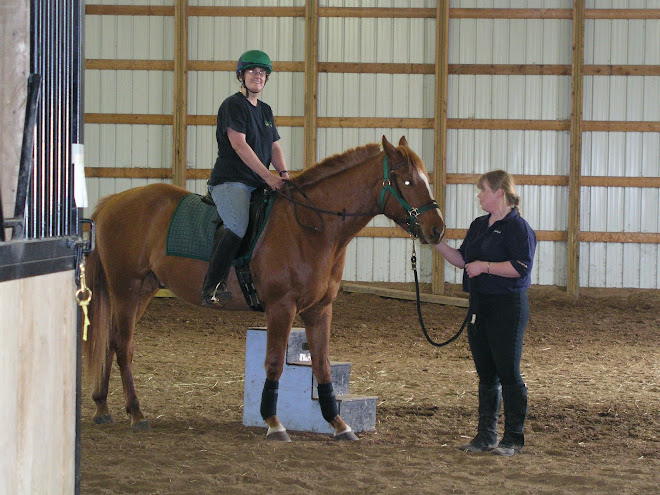Helium.com just rejected one of my articles called A Case of Family Murder because it was too graphic! The story is a first-person account of a man who killed his children and two women in a single day. He is a terrific narrator and anyone who wants to know what goes on in the minds of perpetrators will learn a great deal from this story.
I published in Helium because I'm writing a book on Stories Perpetrators Tell and Helium is a way to get the word out about my book.
My dilemma all along has been the graphic nature of the life stories I have collected from perpetrators of violence. I began wanting to understand how they think. I now know. I have been stuck for years figuring out how to present my material so others will read it. I have been afraid of accusations of exploitation.
I look at Criminal Minds, a TV show, and even some CSIs and I think they sometimes have no idea what is going on. They play to old tired plots rather than taking a good look at what perpetrators really think.
Darn, darn, darn. Does anyone have any idea how I can present phenomenological research on violence so other people will read it and learn from it?
Friday, June 15, 2007
Sunday, May 20, 2007
To Post a Comment or add a post
To post a comment, you first have to sign in. The id is qualsw@yahoo.com. The password is qualitative. Once you are signed in, click on the post you want to comment on. The links are on the right of the posted blogs. When the new screen comes up with the post you requested, scroll to the end of the post. Then click on "post a comment." A screen will come up and you can post your comment.
To add a post, click on "new post" which is on the right top. After you write your post, then click on publish post or your can save it as a draft. If you want to edit your own post, then click on "new post" and then on edit posts. Only edit your own posts.
Jane Gilgun
jgilgun@umn.edu
To add a post, click on "new post" which is on the right top. After you write your post, then click on publish post or your can save it as a draft. If you want to edit your own post, then click on "new post" and then on edit posts. Only edit your own posts.
Jane Gilgun
jgilgun@umn.edu
Saturday, May 19, 2007
Video analysis and Social work
I am interested in talking to others who use video analysis or are interesting in developing skills using video analysis in their work. After the conference at Champaign Illinois, I had the opportunity to work with Dr David Woods who has been working on software for a while which is changing the way analysis is done using video.
I think that opportunities lie in using this within Social Work qualitative research. I would be really keen to speak to others who are working with video to develop a better understanding of approaches that are unique to Social work and also to consider developing work that uses video analysis, with others within the profession.
Paul
I think that opportunities lie in using this within Social Work qualitative research. I would be really keen to speak to others who are working with video to develop a better understanding of approaches that are unique to Social work and also to consider developing work that uses video analysis, with others within the profession.
Paul
Hello to Social Work Researchers Internationally
Hello, this blog is for social workers who do qualitative research. It is an open blog. I will send the blog address, ID, and password to everyone on the list I put together from a meeting of social workers at the 3rd International Congress of Qualitative Research held in Urbana, IL, early in May 2007. The id for this blog is qualsw@yahoo.com. The password is qualitative.
The purpose of the blog is to share whatever we want to share about qualitative research. I am doing some things that I would like to get feedback on. For instance, I see qualitative methods a huge role for qualitative methods in documenting programs that work. For too long, social work has been unable to show the everyday activities that lead to program success. I believe that participant observation, interviewing, and document analysis can do this. I will write more about this later.
The purpose of the blog is to share whatever we want to share about qualitative research. I am doing some things that I would like to get feedback on. For instance, I see qualitative methods a huge role for qualitative methods in documenting programs that work. For too long, social work has been unable to show the everyday activities that lead to program success. I believe that participant observation, interviewing, and document analysis can do this. I will write more about this later.
Subscribe to:
Posts (Atom)

